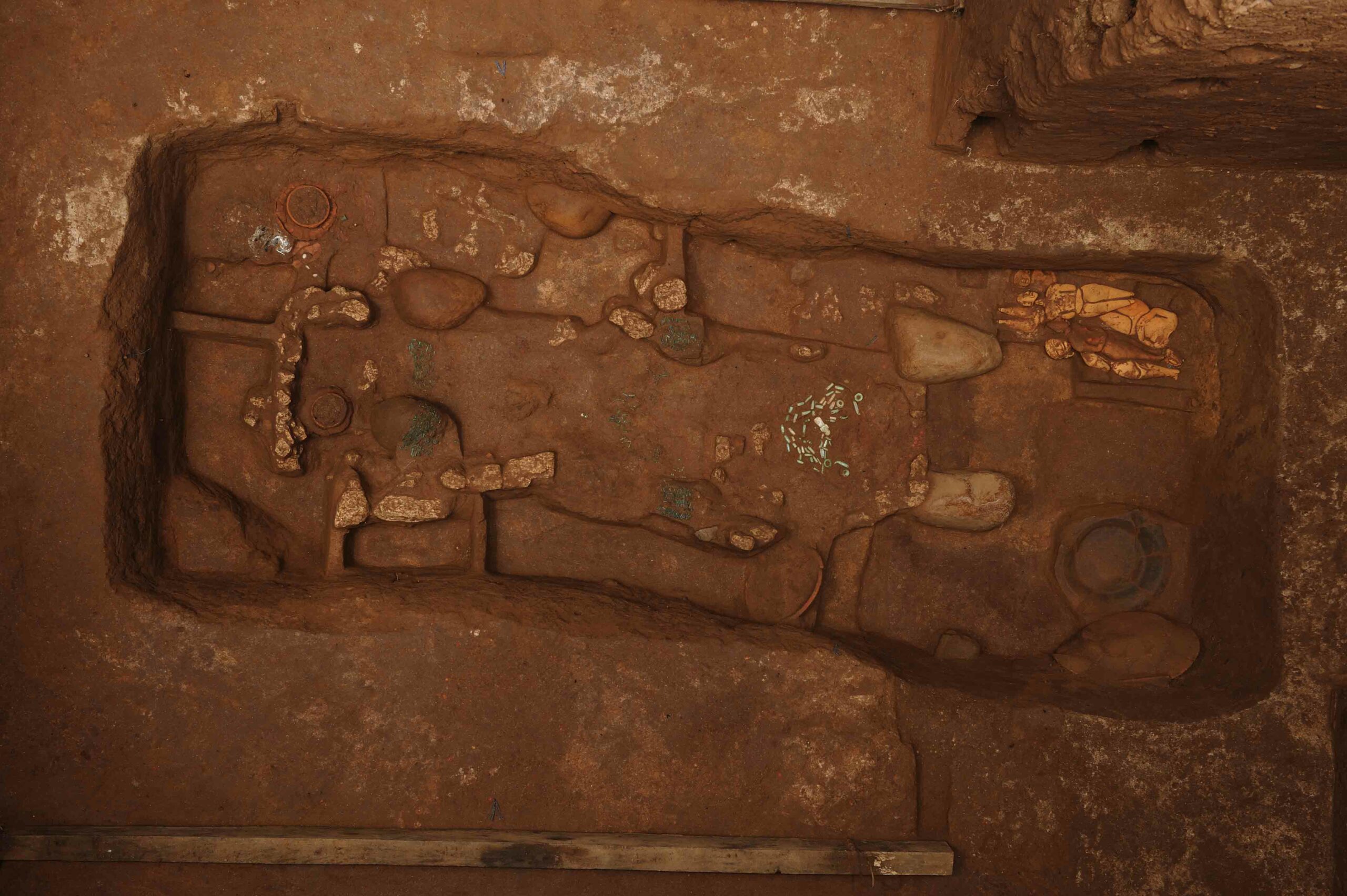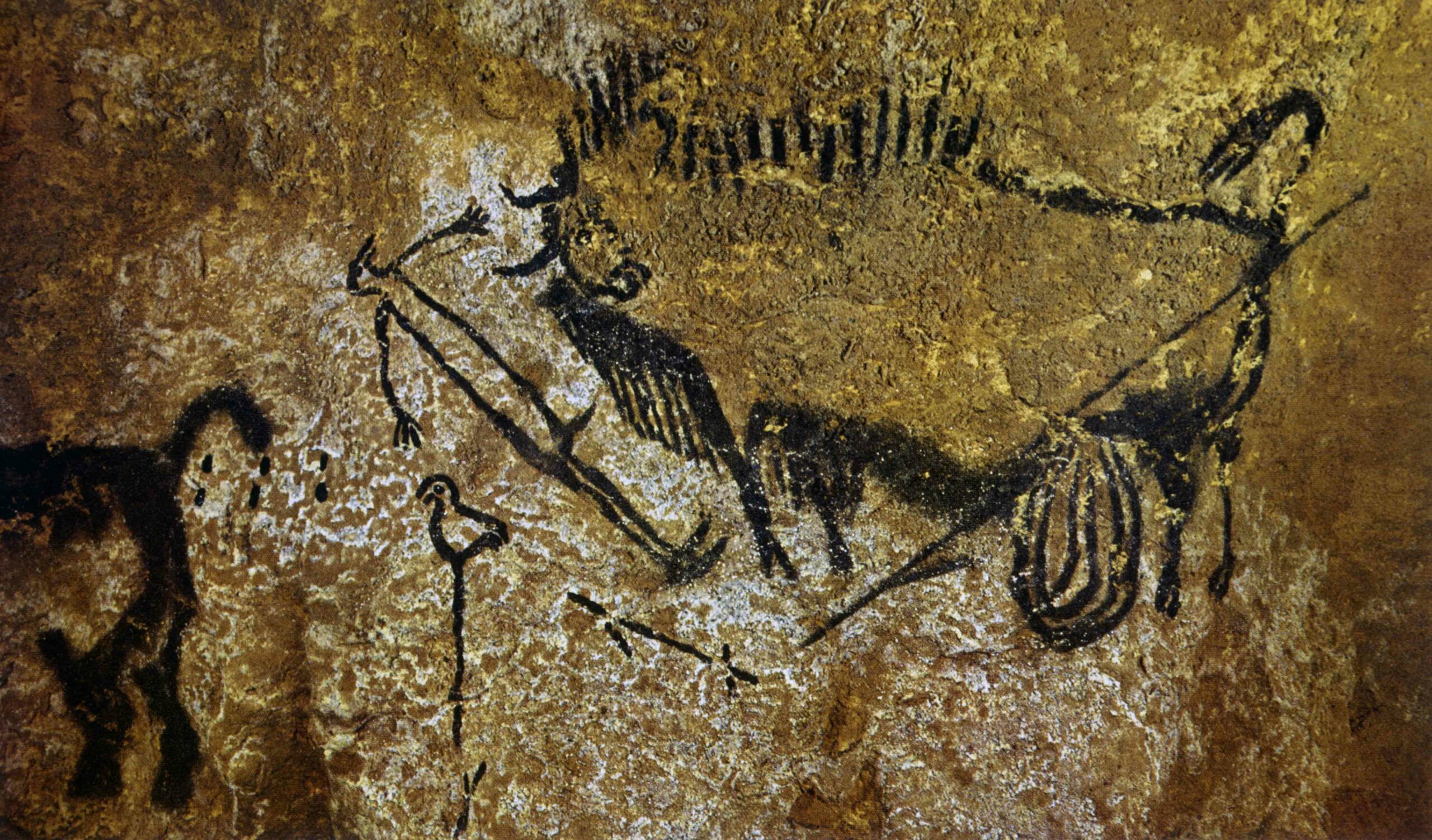
BRISTOL, ENGLAND—Richard Evershed of the University of Bristol and a team of researchers are investigating how meat products were preserved for provisioning ancient Egyptian tombs. “We’ve done quite a bit on human Egyptian mummies and even a fair bit on animal mummies. But the meat mummies…they’d been sort of left on their own,” he explained. For example, a calf and a goat leg he and his team examined with mass spectroscopy had been wrapped in bandages and smeared with animal fat. A few hundred years earlier, beef ribs prepared for Pharaoh Amenhotep III were treated with an expensive resin imported from the Mediterranean. The resin may have been used to flavor food at this time, but it was eventually used in human mummification. “I think you’d be extremely unwise to try to eat them,” he added.










